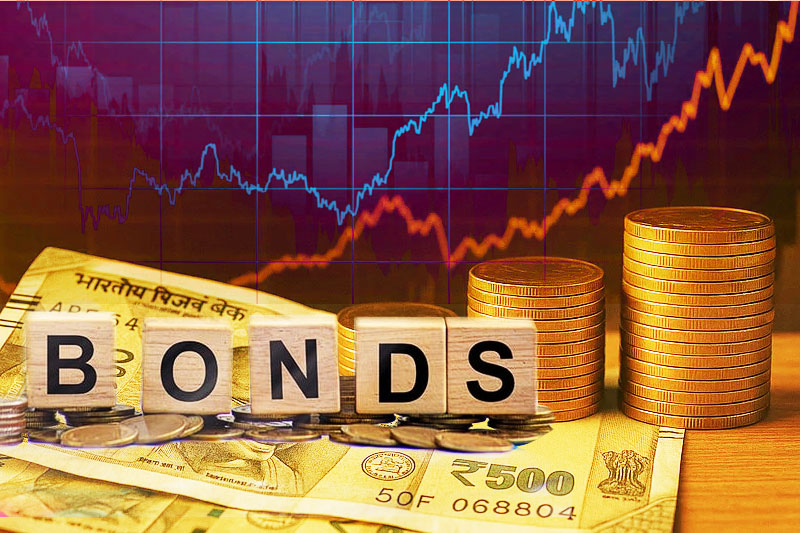
The yield on the Indian 10-year G-Sec rose toward 6.5% in August, hitting a four-month high, as investors priced in higher government borrowing after Prime Minister Modi announced sweeping GST tax cuts during his Independence Day address on Friday. While aimed at reforming the tax structure to boost consumption and attract foreign inflows, the plan revived fiscal concerns and stoked fears of increased debt supply, pushing bond prices lower despite earlier optimism from S&P’s rating upgrade. Meanwhile, risk appetite was lifted by hopes of a Russia–Ukraine deal after Trump met with Russian leader Putin. However, the geopolitical backdrop remains crucial, with Washington maintaining plans for an additional 25% tariff on Indian goods tied to its oil trade with Russia, while also scrapping a planned trade delegation to New Delhi. Markets now watched this week’s Reserve Bank of India debt auction, as central bank operations could influence liquidity and demand for government securities.
The Indian rupee traded around 87.1 per dollar on Wednesday, holding its biggest gain in over a month to stay near a three-week high, supported by easing US tariff risks and optimism over New Delhi’s tax reforms. Hopes for a Russia–Ukraine peace deal lifted sentiment after President Trump pledged US support for Ukraine’s security at a White House summit. This raised expectations that Washington could soften the additional 25% tariffs on Indian goods due to India’s oil imports from Russia, offering relief for the currency. Domestically, Prime Minister Modi’s proposal to cut goods and services tax—the most sweeping reform in eight years—bolstered optimism for consumption and near-term growth momentum. The move is also expected to help revive foreign portfolio inflows after recent outflows. Meanwhile, the rupee defied the dollar’s advance, pausing its recent weakening trend with support from the RBI’s efforts to prevent another record low and unwinding of long dollar positions.